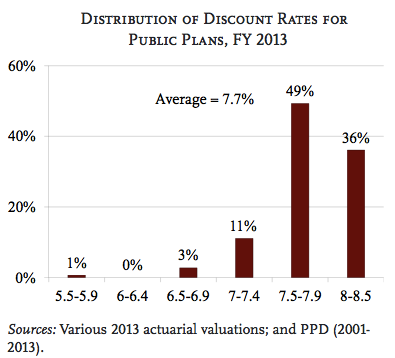On Tuesday the Canada Pension Plan Investment Board (CPPIB), the entity that manages investments for the Canada Pension Plan, unveiled plans to invest $396 million in commercial real estate in Brazil.
The CPPIB now has nearly $2 billion committed to real estate investments in Brazil.
Leo Kolivakis, who runs the Pension Pulse blog, weighed in on CPPIB’s Brazil bet in a post this week:
Let me share my thoughts on this Brazilian real estate deal. From a timing perspective, this deal couldn’t come at a worse time. Why? Because the Brazilian economy remains in recession and things can get a lot worse for Latin American countries which experienced a boom/ bust from the Fed’s policies and China’s over-investment cycle. This is why some are calling it Latin America’s ‘made in the USA’ 2014 recession, and if you think it’s over, think again. John Maudin’s latest, A Scary Story for Emerging Markets, discusses how the end of QE and the surge in the mighty greenback can lead to a sea change in the global economy and another emerging markets crisis.
Mac Margolis, a Bloomberg View contributor in Rio de Janeiro, also wrote an excellent comment this week on why the oil bust has Brazil in deep water, going over the problems at Petroleo Brasileiro (PBR).
The re-election of President Dilma Rousseff didn’t exactly send a vote of confidence to markets as she now faces the challenge of delivering on campaign promises to expand social benefits for the poor while balancing a strained federal budget. President Rousseff says the Brazilian economy will recover and the country will avoid a credit downgrade but that remains to be seen.
Having said all this, CPPIB is looking at Brazil as a very long-term play, so they don’t care if things get worse in the short-run. In fact, the Fund will likely look to expand and buy more private assets in Brazil if things do get worse. And they aren’t the only Canadian pension fund with large investments in Brazil. The Caisse also bought the Brazilian boom and so have others, including Ontario Teachers which bet big on Eike Batista and got out before getting burned.
Are there risks to these private investments in Brazil? You bet. There is illiquidity risk, currency risk, political and regulatory risk but I trust CPPIB’s managers weighed all these risks and still decided to go ahead with big investment because they think over the long-run, they will make significant gains in these investments.
My biggest fear is how will emerging markets act as QE ends (for now) and I openly wonder if big investments in Brazil or other countries bound to oil and commodities are worth the risk now. Also, the correlation risk to Canadian markets is higher than we think. My only question to CPPIB’s top brass is why not just wait a little longer and pick these Brazilian assets up even cheaper?
But I already know what Mark Wiseman will tell me. CPPIB takes the long, long view and they are not looking at such deals for a quick buck. As far as “egos at CPPIB” that Mr. Doak mentions in the BNN interview, I can’t speak for everyone there, but I can tell you Mark Wiseman doesn’t have a huge ego. If you meet him, you’ll come away thinking he’s a very smart, humble and hard working guy who’s very careful about the deals he enters.
Canada Pension Plan Investment Board manages $226 billion in assets.
Read the entire Pension Pulse post here.









